At any given moment, there are thousands of cargo ships traveling the world’s oceans, going from one country to another with a multitude of 20-foot and 40-foot cargo containers stacked upon their decks. The Port of Los Angeles alone imported and exported over 9.2 million TEUs in 2020 — a TEU is the equivalent volume of a twenty-foot container.
If you’re planning for a shipment of your own, you may be familiar with the terms FCL (full container load) and LCL (less than container load). But you may not be clear on the differences between them, or you may be unsure about which one is the right choice for you.
This article explains what each of these shipping modes is and how to make the right choice for your situation.
Table of Contents
What is FCL Shipping?
FCL stands for full container load. It’s a shipping method where your goods exclusively occupy an entire container. In other words, in FCL shipping, you own all the goods in the container and don’t have to share space with shipments from other traders.
FCL also means that you pay the total container price, whether or not your goods have occupied all the space. Importers generally use a full container load when shipping a large volume of goods.
What is LCL Shipping?
LCL stands for less than container load. In this shipping method, your goods occupy only a section of a container and are grouped with shipments from other traders. Importers often use LCL when ordering small volumes of goods that won’t fill up a 20- or 40-foot container. This shipping mode is sometimes referred to as ‘groupage.’
FCL vs. LCL: How to Make the Best Choice for Your Situation
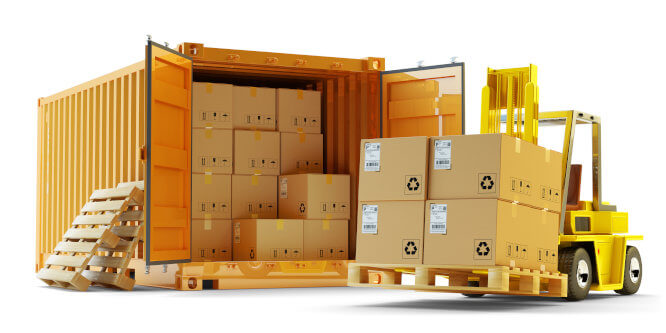
Now that you have a better understanding of the two terms, how do you decide which one to use? Each term has its advantages and disadvantages depending on your shipping needs. Here are some factors to keep in mind as you decide on the appropriate method:
#1 Shipment volume
One of the first things you should consider is your shipment volume or the size of your goods. If they are likely to fill up a 20-foot or 40-foot container, it is advisable to go with FCL. On the other hand, LCL is suitable if you have a small volume of less than 15 cubic meters (15 CBM).
#2 Cost
Cost is a significant consideration when importing goods. When you ship your goods LCL, you will pay only for the space that they occupy. While this can be cost-efficient when importing small volume goods, there is a minimum cost per cubic meter.
You will be charged the full minimum price in cases where your goods are less than the minimum size. In most cases, shipping FCL is considerably cheaper per cubic meter than LCL shipping.
#3 Type of goods
When you ship FCL, your goods will occupy a container exclusively. Once this container is sealed, it is likely to arrive at the final destination unopened. If you are shipping fragile items that can easily be damaged by constant handling, then you might want to consider FCL. In LCL shipping, goods may undergo several instances of loading and unloading, which can cause damage or even result in theft.
#4 Speed
LCL shipping is considerably slower than FCL. LCL cargo may need to be loaded and unloaded several times, adding days to the transit time. Similarly, because in LCL, a container carries varying goods from different exporters, the paperwork and clearance process takes considerably longer.
At the port, the goods need to be consolidated and processed. On arrival, they need to be de-consolidated and sorted. If, by chance, one consignment is selected for inspection by customs, the whole container gets delayed. If you are in a hurry to meet a specific timeline for the arrival of your goods, FCL might be a better option.
#5 Convenience
If you are a new importer and would rather not hold a large inventory, LCL shipping is convenient as it allows you to ship in small quantities. It’s also helpful if you don’t have ample storage space on your premises.
When it comes to delivery appointments, LCL shipments are easier to handle. If your goods are being delivered to an Amazon FBA center, for instance, it is easier to book an appointment for smaller shipments. The wait times for a full container delivery may result in demurrage charges at the port if you don’t meet the strict timelines.
Similarly, Amazon FBA has strict packaging and labeling requirements. It is more challenging to deliver straight to Amazon FBA if you are shipping a full container load of loose cartons. FCL, on the other hand, is much easier as goods can be wrapped, palletized, and labeled as per the requirements.
Hopefully, you now have a better idea of which shipping method might be right for you. Choosing between FCL and LCL shipping is a crucial decision, but another thing you should think about before shipping is product quality.
How to Verify Product Quality Before Shipping
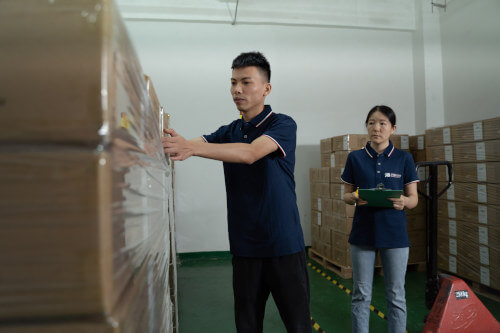
Insight Inspectors pulling cartons for a pre-shipment inspection
Imagine that you place an order with your factory and they finish production. They load the goods into a container, and more than a month later, the shipment arrives at your warehouse. Then, upon examining the goods, you realize they don’t meet your quality standards, and half of the products are unsaleable.
Many importers have faced situations like this when purchasing goods from low-cost countries such as China, Vietnam, or India. But savvy traders know that while getting a good price for their products is essential, the quality of those products is also crucial. They recognize that inexpensive products can cost more in the long run if they aren’t well made.
To avoid these situations, you can take steps to manage product quality, such as conducting product quality inspections before your goods are shipped. A neutral third-party inspection company (like Insight) with operations in the country of manufacture can help you do this.
If you would like to learn more about maintaining product quality while keeping your costs as low as possible, download our free guide, Price Vs. Quality.
Download Your Free Price vs. Quality Guide
Importing goods from overseas makes sense for most importers due to the low costs of production. However, this wouldn’t matter much if, after 30 days, you received low-quality goods that you couldn’t sell to your customers.
It is essential to take all the necessary steps to balance price and quality. Our free Price vs. Quality Guide gives deeper insight into how to navigate these waters as you import goods from low-cost countries.

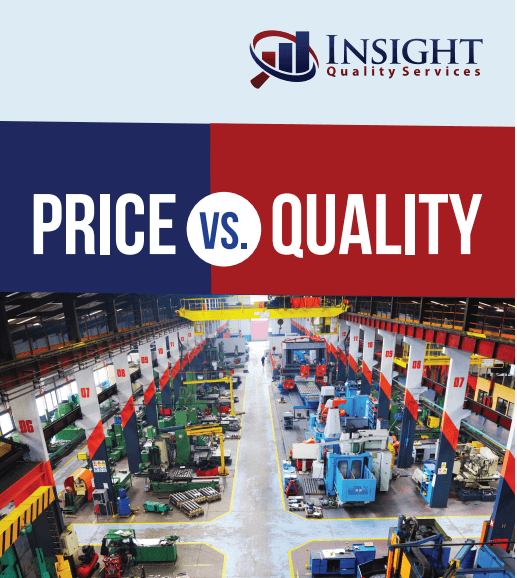

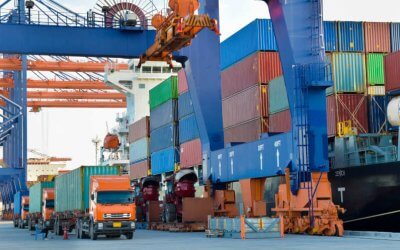
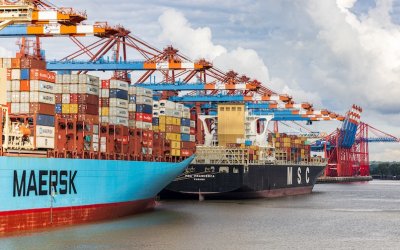
Well-explained blog post. Thanks for sharing.